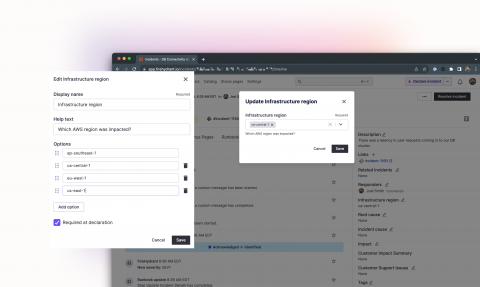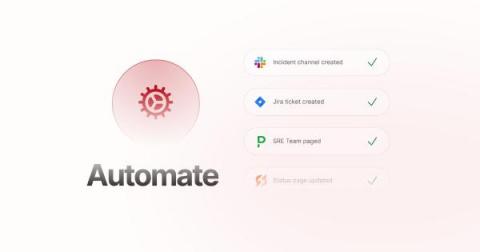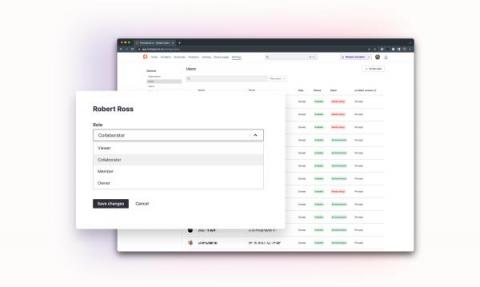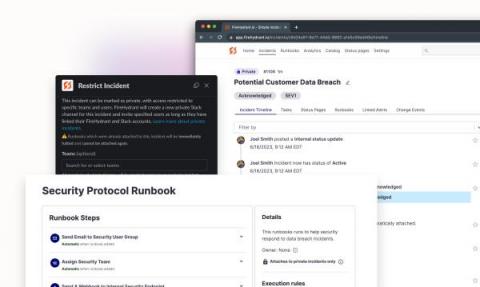More than downtime: the opportunity costs of poor incident management
In my last blog post, I wrote about the explicit costs of incidents — the ones you can easily track based on dollars lost. But the cost of incidents goes beyond the time spent resolving them. While we’re spending our time managing incidents (that includes mitigating and retrospectives), we’re incurring a large opportunity cost in terms of releasing the next big thing.










